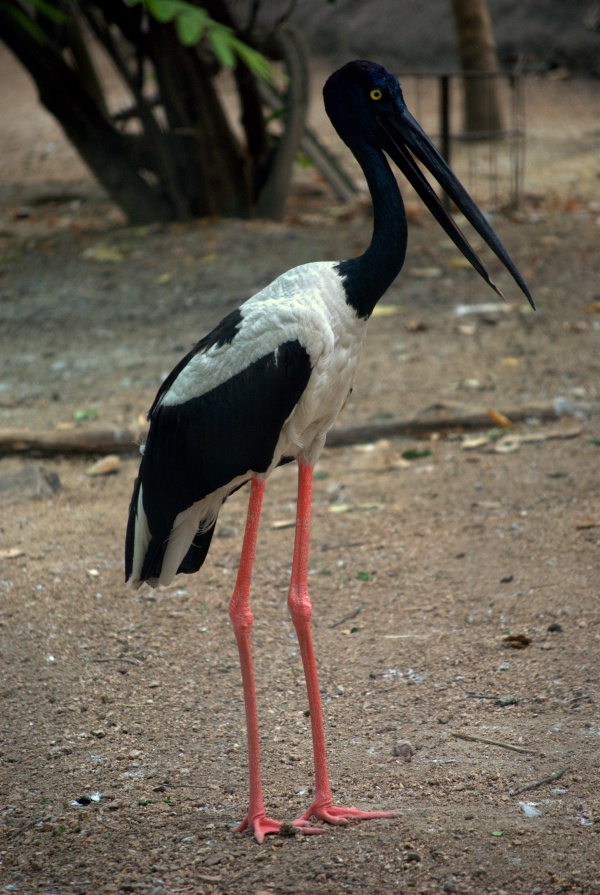Facts About Black-necked stork
The black-necked stork is a striking and tall wading bird that belongs to the stork family. You can spot this bird across the Indian Subcontinent, Southeast Asia, and Australia, where it thrives in wetland habitats. With its imposing stature and distinctive black-and-white plumage, the black-necked stork is unmistakable. Interestingly, you can distinguish males from females by the color of their irises.
There are two main subspecies of the black-necked stork: *Ephippiorhynchus asiaticus asiaticus*, found in the Oriental region, and *Ephippiorhynchus asiaticus australis*, which inhabits southern New Guinea and Australia. Although some have argued that these subspecies should be classified as separate species, they remain subspecies for now. The largest populations of these birds are found in Australia, but they are also widely distributed across India and Southeast Asia.
Black-necked storks are versatile foragers, making their homes in a variety of wetland environments, both natural and man-made. Their diet is diverse, consisting mainly of aquatic vertebrates and invertebrates. These birds are primarily carnivorous and have even been known to prey on turtle eggs and hatchlings.
One fascinating aspect of their behavior is their unique courtship display. When it comes to nesting, black-necked storks build large nests high up in trees. However, these birds are facing numerous threats, including habitat destruction, nest disturbances, overfishing, pollution, and hunting.
Conservation efforts are crucial as their population is scattered and estimates vary widely. Protecting their habitats and breeding sites is a key focus to ensure their survival. Due to these ongoing threats and the difficulty in accurately estimating their population, the black-necked stork is listed as Near Threatened on the IUCN Red List.

 India
India